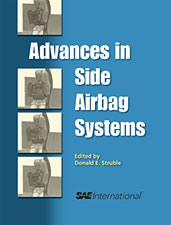Technical Paper
A Perspective on Automobile Crash Fires
1985-02-25
850092
The relatively rare occurrence of injury or fatality in fuel-fed fires has received considerable attention in automotive safety rulemaking and products liability litigation. The literature related to fatalities associated with fire is confirmed by recent FARS data, and there are no reliable field data which confirm a need for further injury-reducing effect related to FMVSS 301. NHTSA has acknowledged this by removing crash fire rulemaking from its priorities plan. The police-reported crash fire data now available must be supplemented with in-depth investigation by trained teams before informed judgements can be made regarding further safety improvements with respect to crash fire injury.

